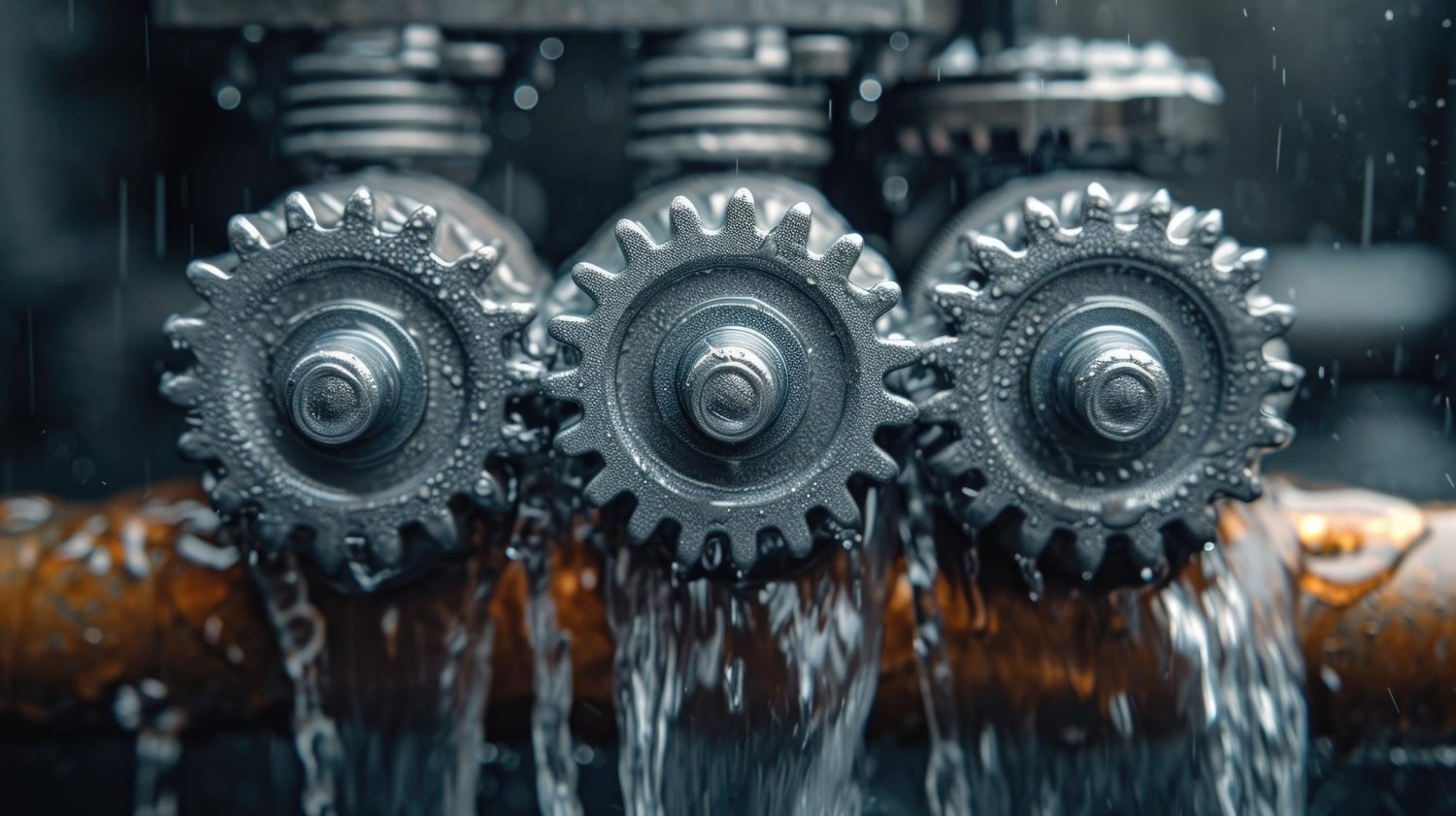
In the bustling world of machinery and mechanical systems, the symphony of moving parts often accompanies the efficiency of operation. However, for gear industry professionals, the continual hum of gearbox noise can pose a challenge.
Thankfully, advancements in technology and engineering have paved the way for innovative noise reduction techniques, ensuring quieter operations without compromising performance.
Let’s look into some of the key strategies employed in the quest for quieter gear systems.
At the heart of every gear system lies the intricate interplay of teeth meshing together to transmit power. Traditional gear tooth profiles, despite being effective, can generate significant noise during operation due to abrupt engagement and disengagement. However, advancements in gear design have led to the development of specialised tooth profiles aimed at minimising noise generation.
One such innovation is the utilisation of helical gears, featuring angled teeth that gradually engage, resulting in smoother and quieter operation compared to their straight-toothed counterparts. Moreover, modifications to tooth geometry, such as profile shifting and optimisation of contact ratios, further contribute to noise reduction while maintaining efficiency.
Vibration is another culprit contributing to gearbox noise, often arising from dynamic forces within the system. To counteract these vibrations, engineers employ various dampening techniques that are designed to absorb or dissipate excess energy.
One effective method involves the integration of vibration-dampening materials within gear assemblies. These materials, such as elastomers or specialised polymers, act as buffers, mitigating vibrations before they propagate throughout the system. Furthermore, the precision balancing of rotating components and the strategic placement of dampeners help minimise oscillations, resulting in quieter and more stable operation.
While optimising gear design and dampening vibrations can significantly reduce noise levels, additional measures may be necessary to achieve desired sound attenuation. Enter noise insulation, is a critical component in the arsenal of noise reduction techniques.
Insulation materials, ranging from acoustic foams to composite barriers, are strategically applied to gearbox enclosures to absorb and block sound waves. By creating a barrier between the noisy internal components and the surrounding environment, insulation effectively reduces the transmission of noise, resulting in quieter operation and a more comfortable work environment for operators.
In the relentless pursuit of quieter and more efficient machinery, the domain of gear industry professionals stands at the forefront of innovation. The incessant hum of gearbox noise, once a formidable challenge, now finds itself met with a symphony of advanced techniques and technologies designed to quieten its discordant tones.
Through the evolution of gear tooth profiles, from the traditional to the specialised, engineers have unlocked the secrets of smoother engagement and quieter operation. For example, the helical gears, with their gracefully angled teeth, work together in harmonious motion, thereby reducing noise without compromising performance. Modifications to tooth geometry further refine this symphony, ensuring that efficiency remains uncompromised in the quest for silence.
Yet, vibration, that ever-persistent disruptor, finds itself met with a wide range of dampening techniques. From the integration of vibration-absorbing materials to the precision balancing of rotating components, engineers orchestrate a ballet of motion, minimizing oscillations and ushering in a new era of stability and quietude.
And as the culmination of this symphony of silence, noise insulation emerges as the ultimate barrier between cacophony and tranquillity. With materials ranging from acoustic foams to composite barriers, gear enclosures become sanctuaries of quiet, shielding operators from the clamour within.